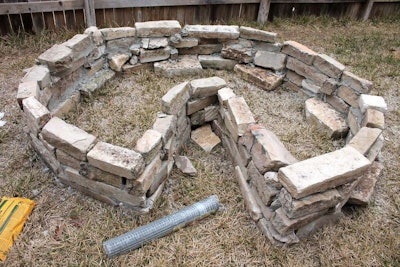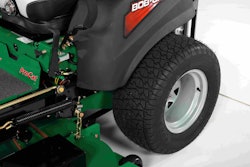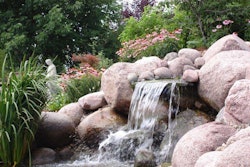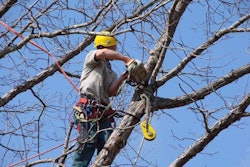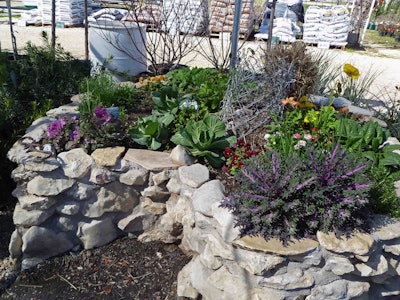 Keyhole gardens are ideal for areas affected by drought due to the small amount of water they require.
Keyhole gardens are ideal for areas affected by drought due to the small amount of water they require.Photo: agricoolture.files.wordpress.com
Keyhole gardens may have started in Africa, but their simple, efficient design makes them desirable in any location, especially those affected by drought.
The name comes from the shape of the raised-bed design. If observed from a bird’s-eye view, the garden looks like a circle with a wedge taken out, or a keyhole.
The design was pioneered by a U.K. humanitarian group called Send A Cow. Generally 3 feet high, the beds take out the backbreaking part of tending a garden by being conveniently waist high. They retain soil and moisture and no fertilizer is needed.
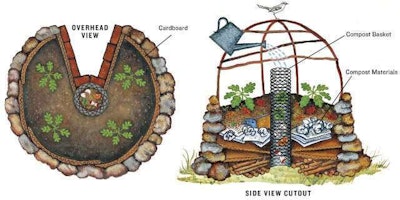 How a keyhole garden looks from above.
How a keyhole garden looks from above.Photo: Aletha St. Romain
The reason why no fertilizer is needed is because the garden gets its nutrients from the composting basket that is in the center of the bed. Thanks to the moisture-retaining nature of compost, keyhole gardens use 80 percent less water than a normal backyard patch, according to ABC News.
The use of compost materials, such as cardboard and other paper products, provides carbon, nitrogen and air to the soil. And because it’s material that would have ended up in the trash, there’s less waste.
In the town of Clifton, Texas, the sustainable garden design has been made popular by landscape architect Deb Tolman.
“My first keyhole garden here in Clifton was at Ace Hardware,” Tolman told Texas Co-Op Power. “We used native rock and clay to build the walls, and recycled paper and manure to make the soil. In just four weeks 129 phone books were no longer discernible, and half a Dumpster load of cardboard from Ace Hardware had become soil.”
She uses her keyhole gardens to grow fresh fruits and veggies, including carrots, kale, tomatoes and various types of berries.
To build a keyhole garden follow the steps below:
- Measure out a circle that is 6 feet in diameter.
- Create a notch in the circle that will give you access to the compost basket that will be placed in the center.
- Construct the outer wall using stone, metal, timber or any other material that will contain the soil.
- Use chicken wire to create a tube that is 1 foot in diameter and about 4 feet high. Place the tube in the center of the circle.
- Line the walls and bottom layer of the garden with cardboard and other compostable material. Wet these as you layer them. Add leaves, twigs and grass cuttings and the like. Cover the last few inches with potting soil. Slope the soil from a high point at the center downward to the edges of the garden.
- Fill the composting basket with organic food scraps and other things that will provide moisture and nutrients. Check out this list of things that can go in a compost bin.
- Water the compost basket and garden sparingly so the plants will grow down to the center basket.
- Continue to add kitchen scraps and lawn clippings to the center basket.
- If planting in an area affected by drought, add a framework that can hold a shade cloth during the hottest month.
- Plant fruits and veggies!
